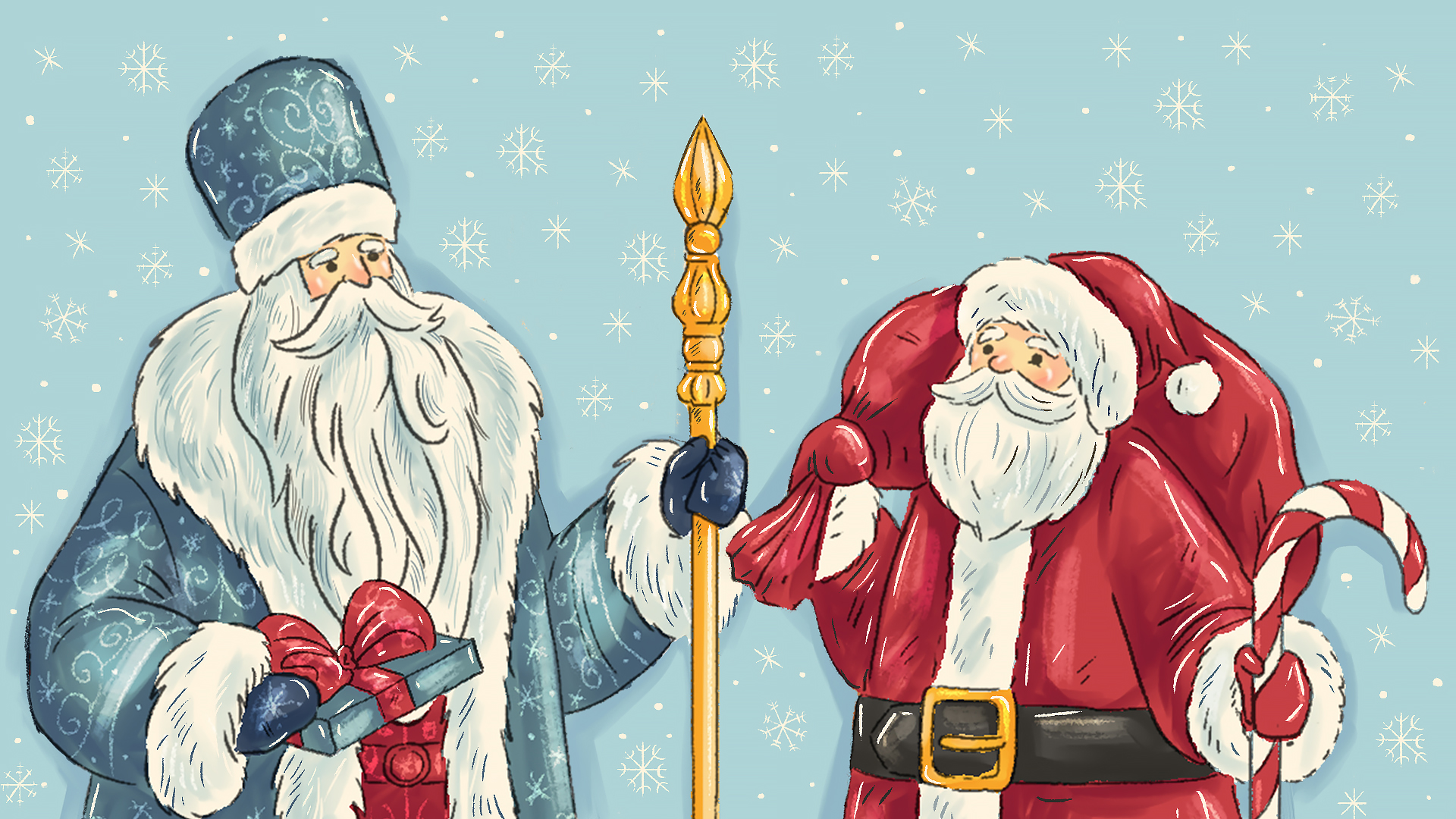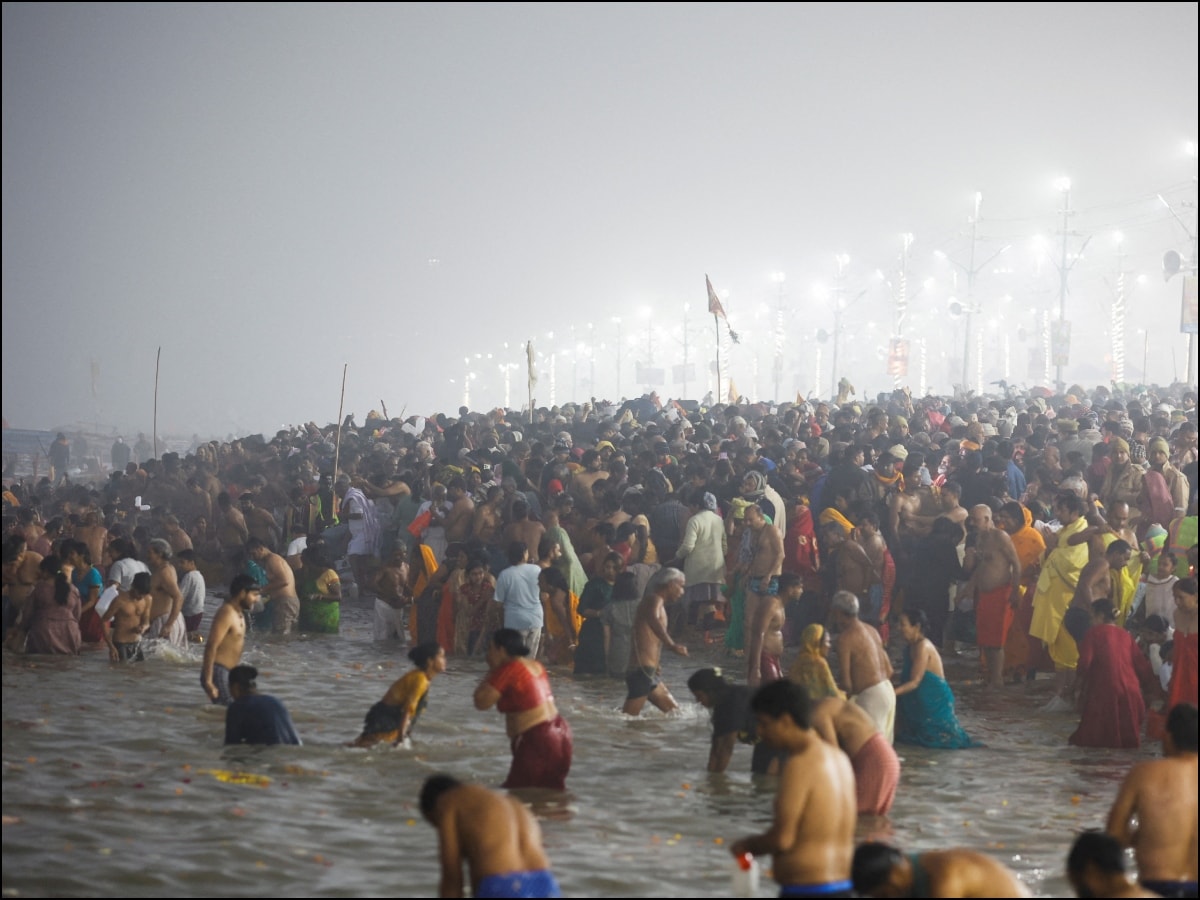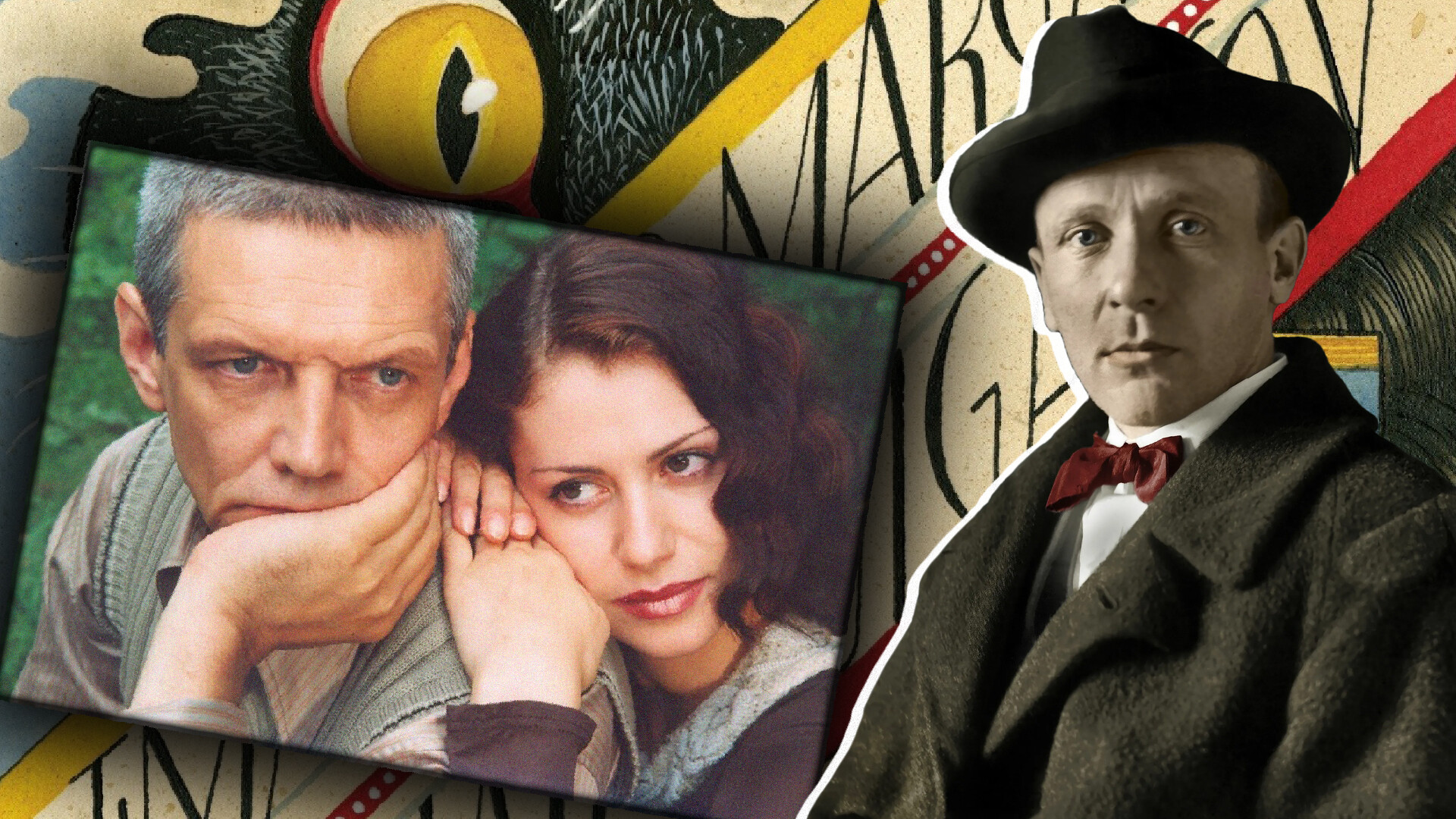Both characters are variations of the so-called ‘Christmas gift-bringer’, which exists in the folklore of many countries. Santa Claus, the most common character for Catholic Christians, is derived from St. Nicholas. The Russian Ded Moroz, meanwhile, comes from Slavic fairy-tale folklore.
Let’s find out how they differ from each other.
Origin and Background
Santa Claus is based on the historical figure of St. Nicholas, a Greek bishop known for his generosity and gift-giving. The modern image of Santa Claus was popularized by Coca-Cola in the 1930s.
Ded Moroz, on the other hand, is a Slavic character associated with winter and frost. He is often depicted as a tall, slender man with a long beard, wearing a fur coat and carrying a staff.
Appearance
Santa Claus is typically portrayed as a jolly old man with a white beard, red suit, and black boots. He is often seen with a sack of toys and riding a sleigh pulled by reindeer.
Ded Moroz, on the other hand, is usually depicted in a blue or white robe with silver accents. He is accompanied by his granddaughter Snegurochka (Snow Maiden) and travels in a troika pulled by horses.
Traditions and Celebrations
Santa Claus is a central figure in Western Christmas celebrations, with children around the world waiting for him to deliver presents on Christmas Eve. In some countries, he is believed to come down the chimney to leave gifts under the Christmas tree.
Ded Moroz is a popular figure in Russian and Eastern European celebrations, where he is believed to bring gifts to children on New Year's Eve. He is often welcomed with traditional songs and dances.
Conclusion
While both Santa Claus and Ded Moroz share similarities as Christmas gift-bringers, they have distinct origins, appearances, and traditions that set them apart. Whether you believe in Santa Claus or Ded Moroz, the spirit of giving and generosity is at the heart of both characters.




